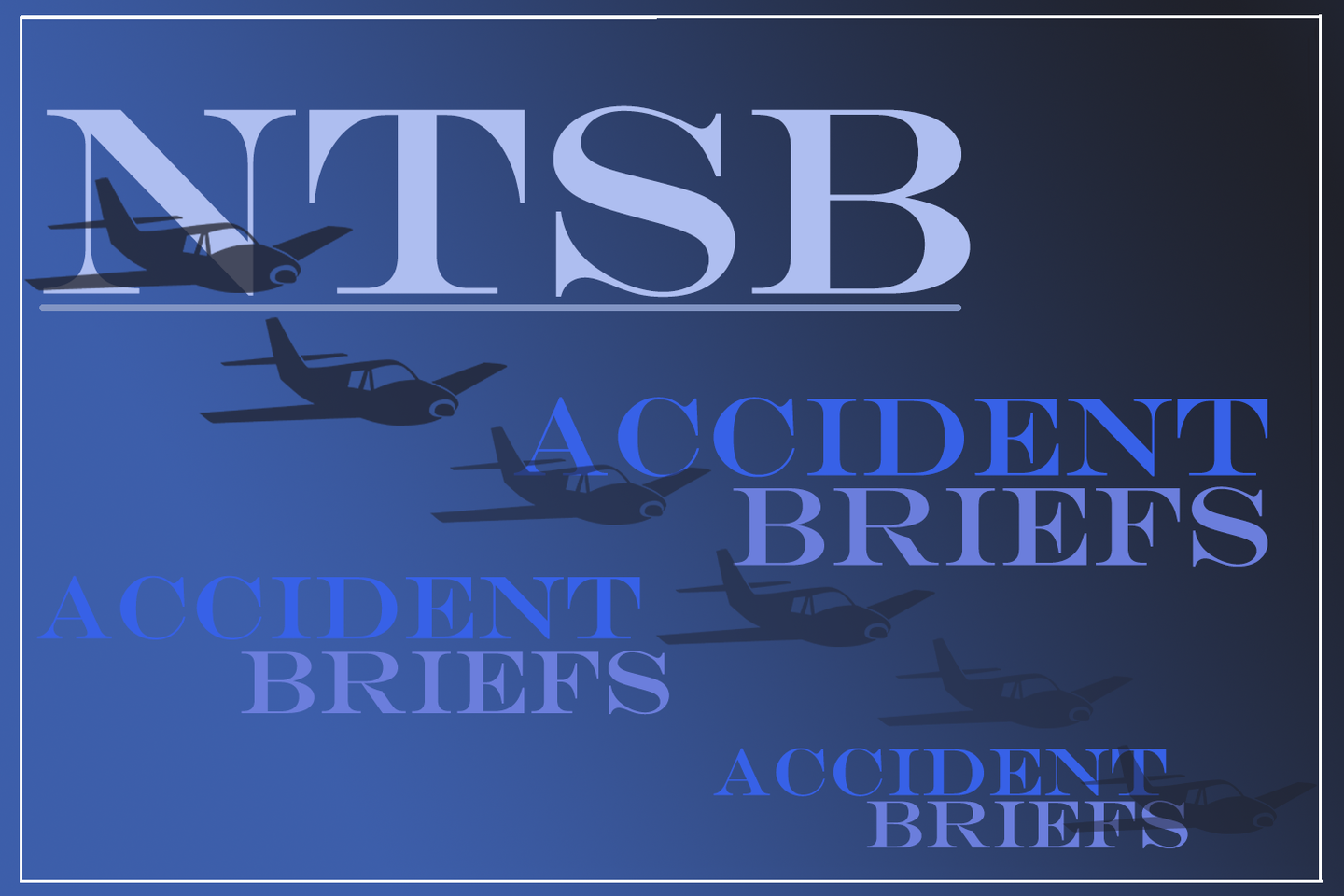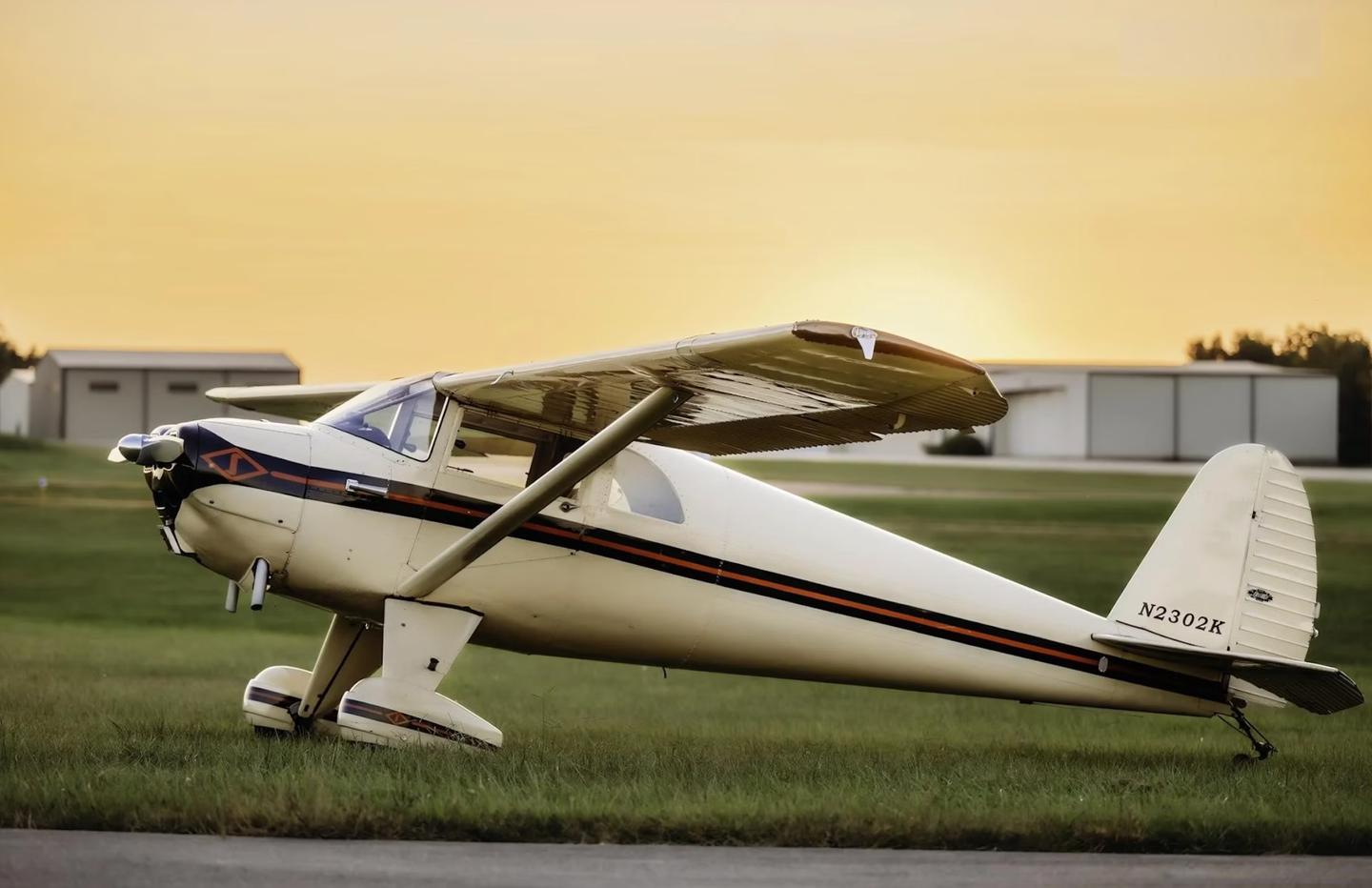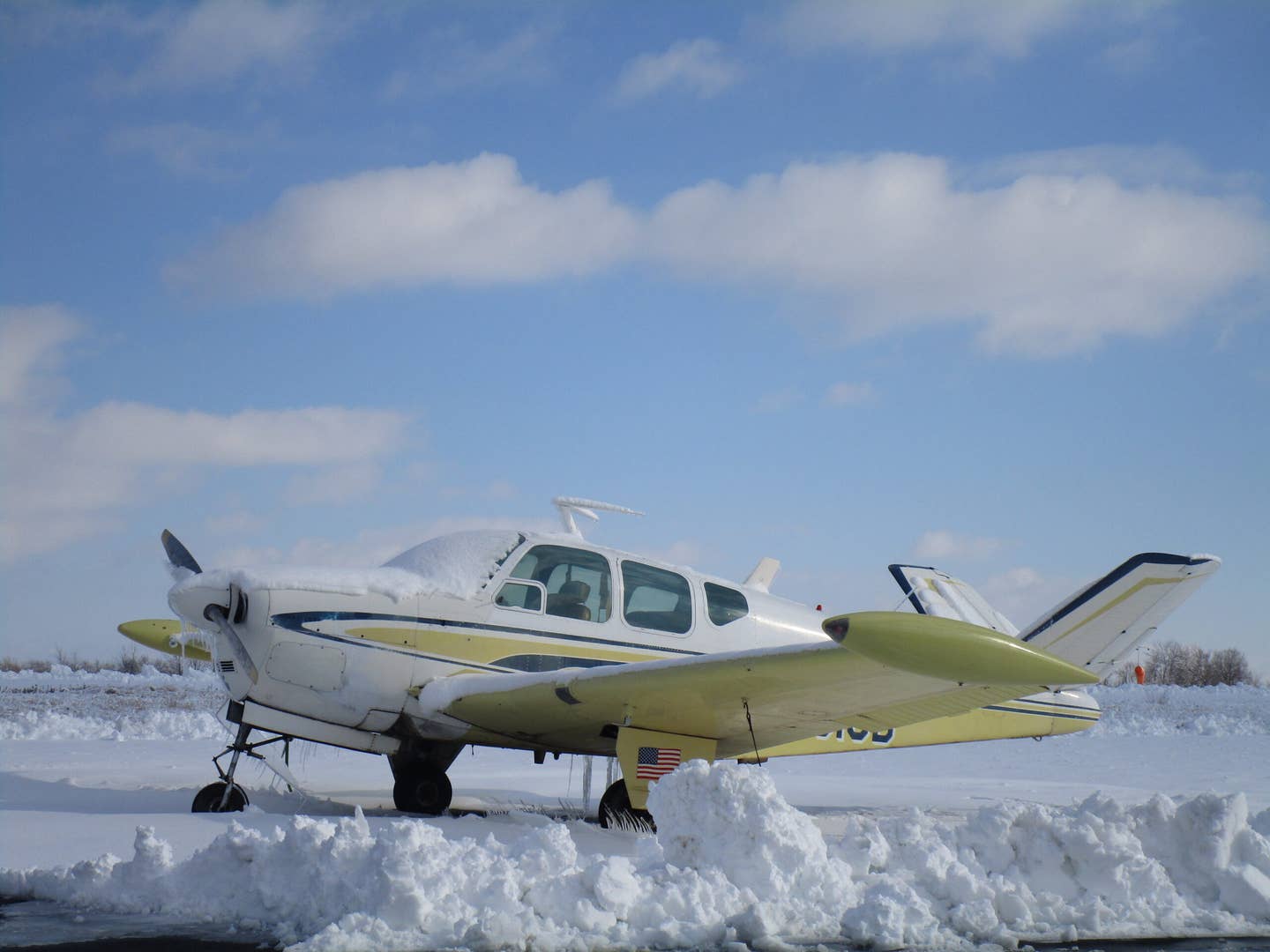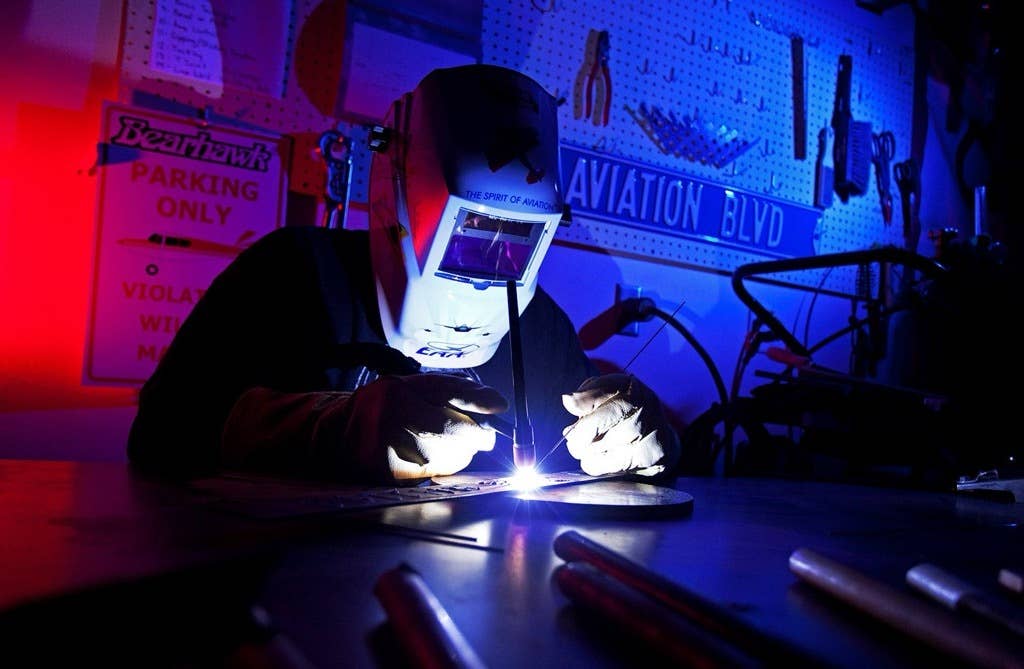Accident Brief: Fatal Quicksilver Crash In Virginia
QUICKSILVER Fredericksburg, Virginia/Injuries: 1 Fatal The commercial pilot was operating an experimental amateur-built airplane on a personal flight in the airport traffic pattern. Video and audio recovered from an airframe-mounted…

QUICKSILVER
Fredericksburg, Virginia/Injuries: 1 Fatal
The commercial pilot was operating an experimental amateur-built airplane on a personal flight in the airport traffic pattern. Video and audio recovered from an airframe-mounted camera, along with track data recorded by two onboard GPS receivers, revealed that, during the initial climb, the throttle was reduced, and then increased back to climb engine power for the upwind and crosswind legs of the traffic pattern. As the airplane turned toward the downwind leg at an altitude of about 300 feet, the throttle was reduced, increased briefly, and then was reduced again to what sounded consistent with an idle setting. The video and GPS track data showed that rather than aligning with the downwind leg of the traffic pattern, the airplane continued in a tightening, steepening, left turn with the engine at idle power. The airplane's last GPS-recorded position was over the accident site. The GPS data also showed that the airplane's groundspeed during the turn was near the airplane's published/placarded stall speeds. Just before ground impact, the video camera recorded a "pop" sound consistent with activation of the airplane's ballistic recovery system parachute. Postaccident examination of the airframe and engine revealed no preimpact mechanical anomalies that would have precluded normal operation.
The pilot had purchased the airplane about 3 months before the accident. At the time of purchase, the airplane had an open-cockpit, tubular-framed configuration. The pilot subsequently enclosed the open cockpit using PVC tubing, sheets of plexiglass, and zip ties. The investigation could not determine whether the cockpit modifications affected the handling and stall characteristics of the airplanea. These modifications notwithstanding, the GPS data showed that the airplane was operating at or near its stall speed, had entered a tight left turn, and had likely encountered an aerodynamic stall before it descended to ground impact.
Probable cause(s): The pilot's exceedance of the airplane's critical angle of attack, which led to an aerodynamic stall while turning in the traffic pattern at low altitude.
Note: The report republished here is from the NTSB and is printed verbatim and in its complete form.

Subscribe to Our Newsletter
Get the latest Plane & Pilot Magazine stories delivered directly to your inbox






